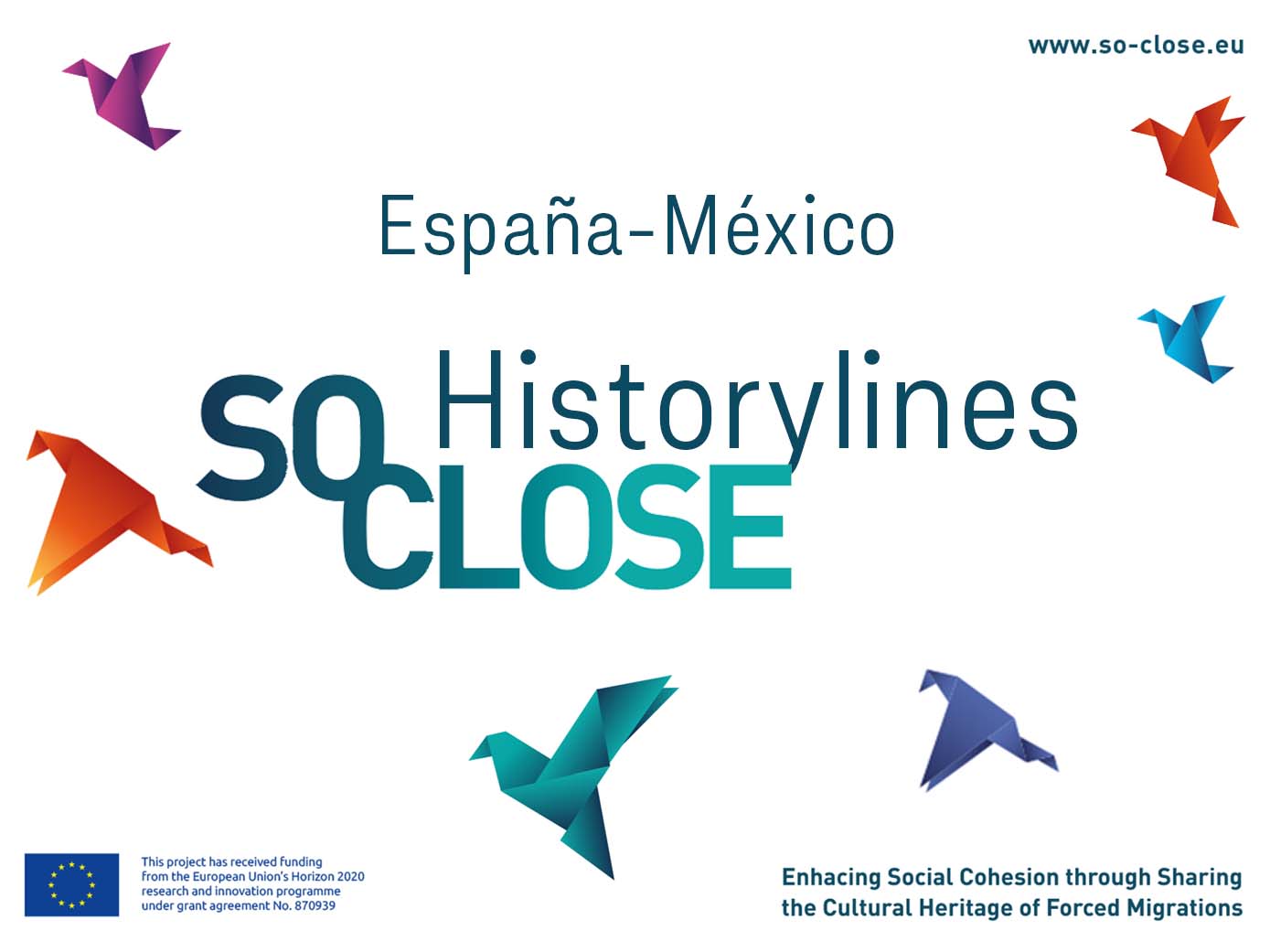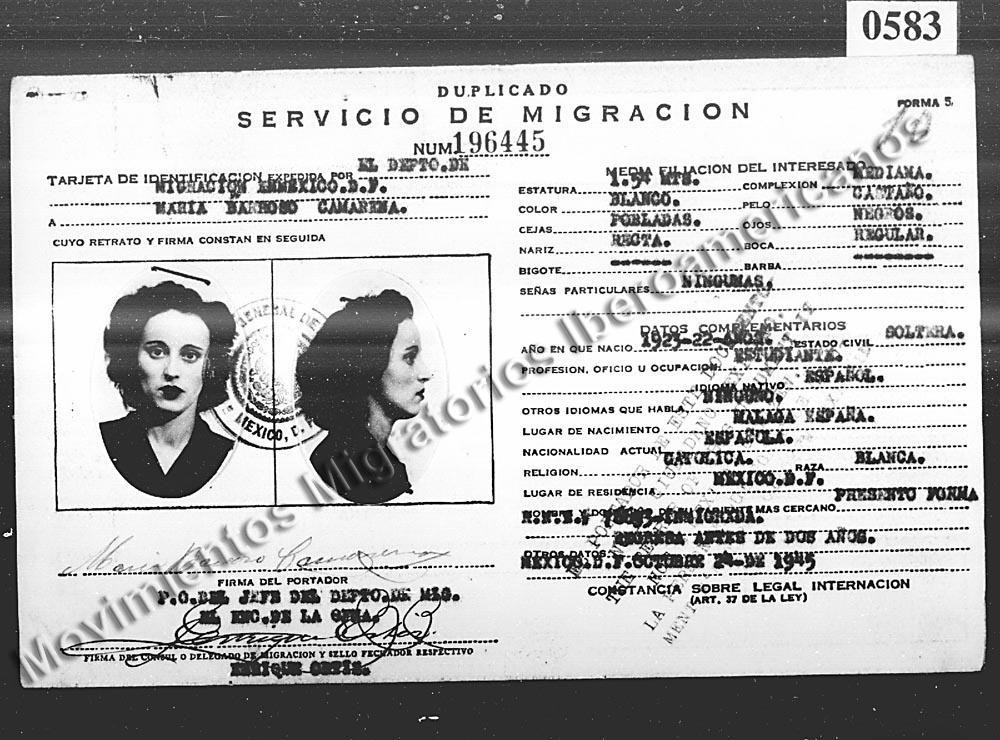Today we want to tell you the story of Maria Barroso Camarena, who shared the fate of the 456 children who have arrived on the Mexique ship to Veracruz on 7th June 1937.
In 1937, in the midst of the Spanish Civil War, thousands of children were evacuated from the country to protect them from the bombing raids in the rearguard and the repression from the Franco army’s occupation of Republican zones during the war.
Mexico, like Russia, France, Belgium, and the United Kingdom, was one of the destinations that hosted these child exiles from 1937, providing humanitarian help to the Spanish Republic besieged by fascism.
In the Mexican town of Morelia (Michoacán), 456 children arrived from all over Spain onboard the ship Mexique from France (Bordeaux), where they left on 27 May and arrived in Veracruz on 7 June 1937, after a brief stopover in Havana (Cuba). One of those children was our protagonist.
The children were mainly aged between 5 and 12 and from Republican families, some of them orphans, in cities such as Saragossa, Barcelona, Malaga, Madrid, Granada, and Teruel – and a few from Galicia, the Basque Country, Extremadura, Castella, and Murcia. They were hosted in Mexico. Initially, the children were lodged in the “España-México” Industrial School, an old convent, where there were professional training workshops, among other educational activities. Later, different schools and shelter homes were arranged in Morelia, Puebla de Zaragoza, Guadalajara, and Mexico City, and, from 1943, they were distributed in different casas-hogares (homes) in Mexico City.
In 1939, over 20,000 Republican exiles also arrived in Mexico from France after the Republican defeat. What should have been a temporary and short-term exile, after the end of the Civil War with Franco’s victory and the Second World War with an allied victory but with the continuation of the dictatorial Franco regime, in many cases became, for many of these children, a long or permanent exile. In 1948, Spanish Republican government funds for exiles were exhausted and the children in Morelia had to leave these homes.
The Barroso Camarena family had the chance to protect their four children with the aid offered by the Mexican government of Cárdenas. María Barroso was in Morelia and also at the Trinitarian convent in Puebla de Zaragoza. It seems that the girls sheltering in Morelia were especially protected in Puebla by long-standing and pro-Franco Spanish families due to the fear that they might fall into prostitution and to dissuade them of the ideas they had brought with them from Republican Spain and which they thought had been reinforced in the schools in Morelia. Therefore, many of them were adopted as maids or sent to convents. Those that went to Guadalajara became integral members of different host families.
María Barroso returned to Spain in 1945, at the age of 22, after spending eight years in Morelia. Some of her siblings stayed in Mexico and did not return to Spain. In 2017, Maria Barroso’s family donated to Museu Memorial de l’Exili – MUME a collection of photograph of her stay in Morelia, some of which you can see below.
From so far to so close.
* These materials are licenced under a CC BY-NC License for free access.








